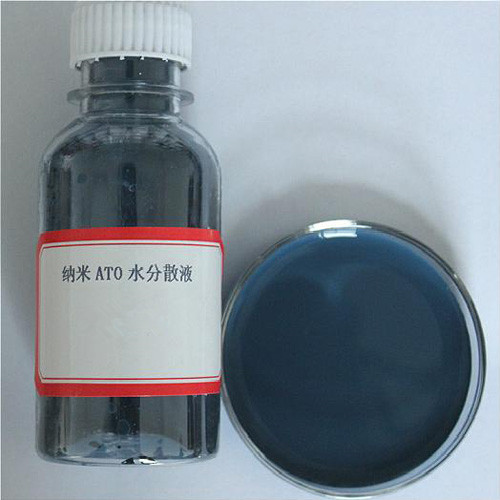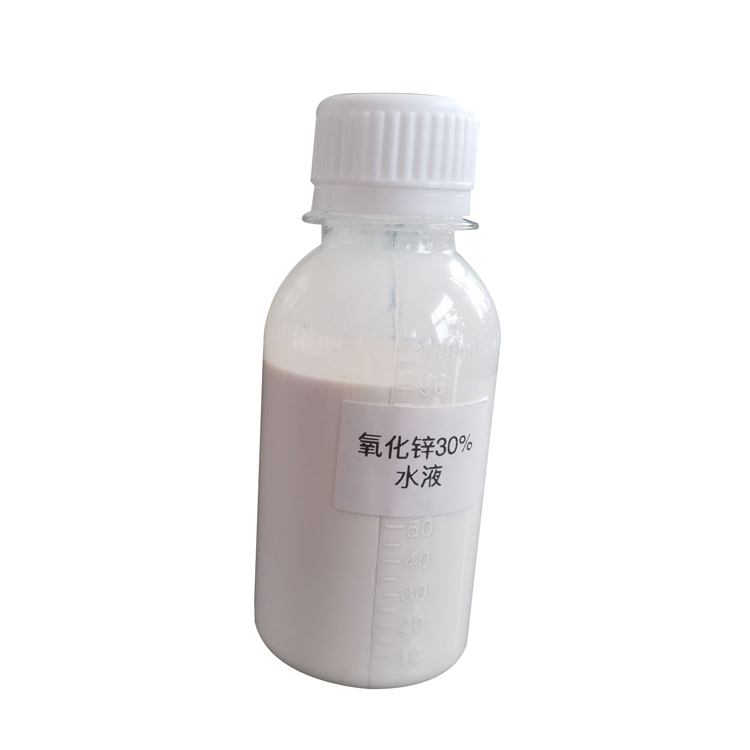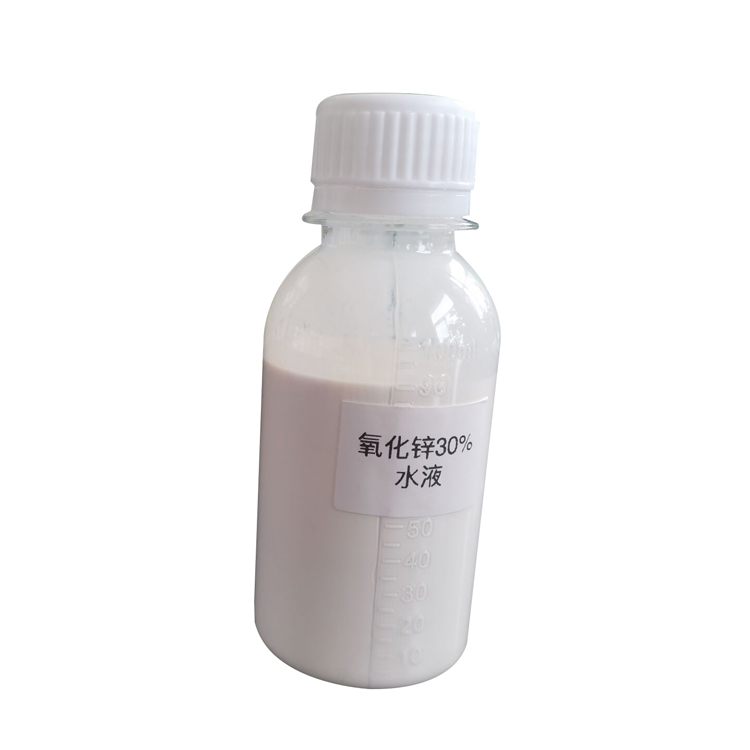Single layer graphene is known as the "king of materials" due to its unique two-dimensional honeycomb lattice structure and electronic band characteristics, which exhibit excellent performance in conductivity and thermal conductivity. The following is a detailed analysis of its conductivity and thermal conductivity:
Conductivity
Ultra high conductivity:
1.The conductivity of single-layer graphene can reach~10 ⁶ S/m (at room temperature), far exceeding that of copper (~5.9 × 10 ⁷ S/m), but due to its extremely thin thickness (0.34 nm), sheet resistance needs to be considered in practical applications.
2.The surface resistance is as low as~30 Ω/sq (without doping), and can be further reduced to~10 Ω/sq by chemical doping (such as nitric acid).
Carrier characteristics:
1.Zero bandgap semiconductor: The valence band and conduction band come into contact at the Dirac point, forming a linear dispersion relationship (E-k relationship is conical, known as the "Dirac cone").
2.The charge carriers are massless Dirac fermions with extremely high mobility (~20000 cm ²/(V · s) at room temperature), far exceeding silicon (~1400 cm ²/(V · s)).
3.The average free path of electrons can reach the micrometer level (when there are few defects), and ballistic transport is significant at the microscale.
Influencing factors:
1.Defects, impurities (such as oxygen functional groups), or substrate interactions can reduce migration rates.
2.When the temperature increases, phonon scattering increases and the conductivity slightly decreases.
Thermal conductivity
Ultra high thermal conductivity:
1.The thermal conductivity at room temperature reaches~4000-5000 W/(m · K) (for suspended defect free samples), which is more than 10 times that of copper (~400 W/(m · K)).
2.In plane thermal conductivity dominates, while out of plane thermal conductivity is extremely weak (~10 W/(m · K)).
Heat transfer mechanism:
1.Mainly conducted by phonons (lattice vibrations), especially long wave phonons scatter very little in a perfect lattice.
2.Optical phonons contribute less to thermal conductivity, but high-frequency phonons exhibit enhanced scattering at high temperatures (>300 K).
Influencing factors:
1.The substrate interaction (such as SiO ₂ substrate can reduce thermal conductivity to~600 W/(m · K)) or defects (vacancies, edge scattering) significantly reduce thermal conductivity.
2.Temperature dependence: At low temperatures, the thermal conductivity increases with increasing temperature (phonon phonon scattering is weak), with a peak appearing at~100 K and then decreasing.
Performance Comparison (Graphene vs. Common Materials)
Performance
|
single-layer graphene
|
copper
|
silicon
|
|
Conductivity (S/m)
|
10⁶
|
5.9×10⁷
|
10⁻³–10³
|
Thermal conductivity (W/(m · K))
|
4000–5000
|
400
|
150
|
Application
1.Conductive applications: flexible electrodes, high-frequency transistors (terahertz devices), transparent conductive films (replacing ITO).
2.Thermal conduction applications: thermal interface materials, heat dissipation coatings (such as 5G chip heat dissipation).
SAT NANO is a best supplier of Single layer graphene powder in China, we offer powder and solution, if you have any enquiry, please feel free to contact us at sales03@satnano.com

























